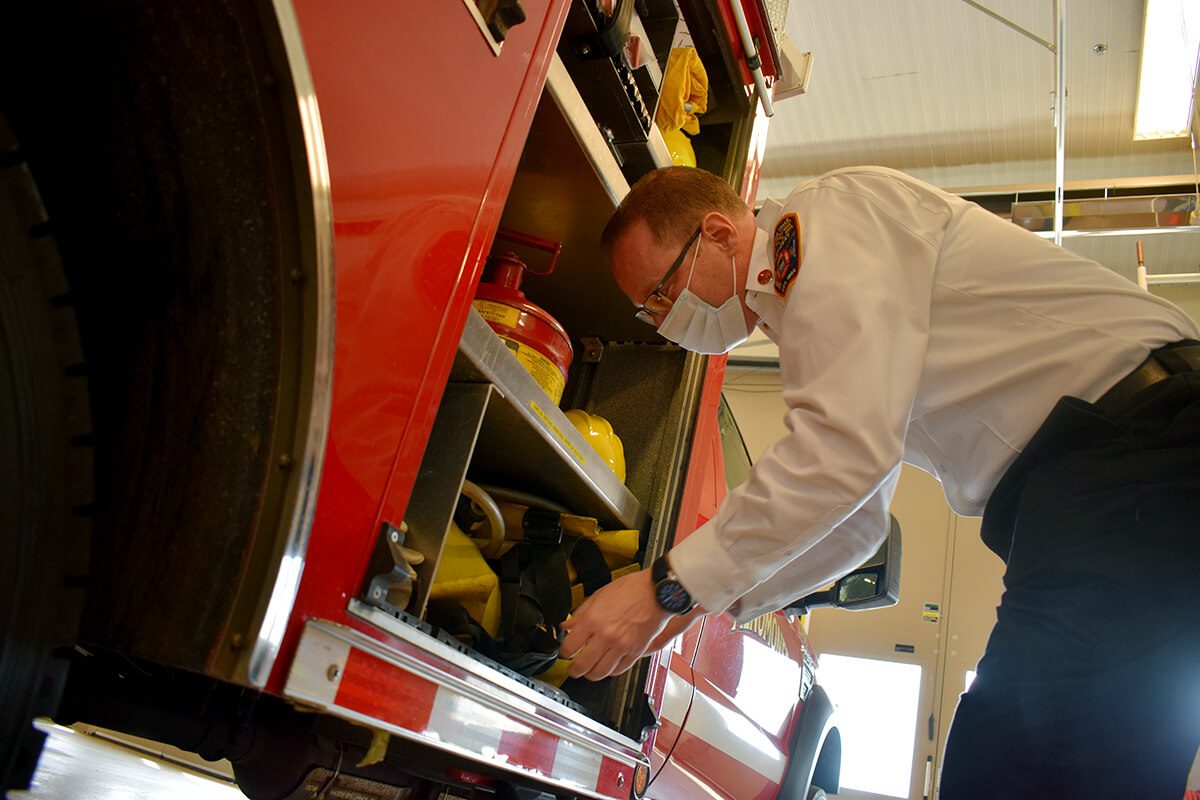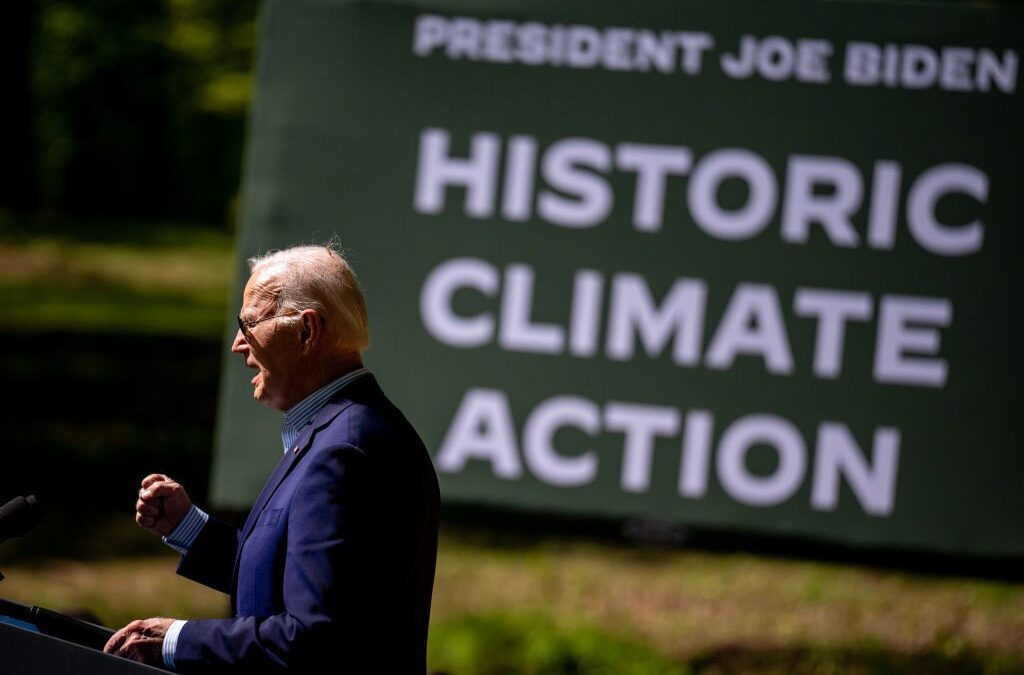
#image_title
Climate change plays a role in this year’s unusually fiery Wisconsin wildfire season—but not in the way you might think.
It was the afternoon of April 2, and it was getting a bit hotter in Menomonee Falls. A train traveling through the Waukesha County village shot off sparks as it passed, setting fire to a 3-4 mile stretch of dry brush.
The fire spread rapidly, fueled by high winds and the dry cover of a swamp. Flames barreled toward a subdivision, burning 230 acres and endangering 40 structures, according to wildfire records from the Wisconsin Department of Natural Resources (DNR).
“That really shows what can happen with the right conditions, both weather and wind,” said Kevin Rokenbrodt, deputy chief of operations for the Menomonee Falls Fire Department.
Firefighters battled the blaze well into the evening, finally declaring it contained at 8:30 p.m., about seven hours after it first began. Firefighters managed to stop the flames within 5 to 10 feet of some homes, Rokenbrodt said. Miraculously, no structures burned.
Two days after the fire in Menomonee Falls, another railroad fire occurred about 4 miles west of Necedah in Juneau County, burning 257 acres and endangering 12 structures that firefighters managed to save, according to DNR records.
This year’s spring fire season is on pace to be among the most destructive in recent memory, reflected by Gov. Tony Evers’ April 5 declaration of a state of emergency over continued high-risk conditions. A total of 614 wildfires have burned 1,780 acres across Wisconsin so far this spring, compared to just 353 fires burning 497 acres by this time last year, according to DNR records. This year’s total has also already exceeded annual totals for each of the past five years except 2018.
So what’s going on?
While there has indeed been high levels of fire activity this year, it’s not as unusual as one might think, said Catherine Koele, a wildfire prevention specialist with the DNR.
“If you look at it from a 30-year perspective, it is a pretty normal fire season,” Koele said. “If you look at it from a 5- to 10-year perspective, it is very unique.”
RELATED: Why Those California Fires Probably Won’t Happen In Our Forest-Heavy Wisconsin
Climate change has caused Wisconsin’s climate to get warmer, but the state has also gotten significantly wetter over the past decade—in fact, 2019 was the wettest year since at least 1895, when the state began collecting records, said Ed Hopkins, assistant state climatologist for the Wisconsin Climatology Office at UW-Madison.
In other words, this year is more akin to a time before the state was so noticeably impacted by climate change.

But currently, a large portion of southern and eastern Wisconsin is experiencing drought conditions, according to the University of Nebraska-Lincoln Drought Monitor. A broad swath of western Wisconsin is classified as “abnormally dry.”
For much of the past month-and-a-half, almost the entire state has been under high, very high, or extreme fire danger, according to DNR warnings. Southern Wisconsin is currently at a moderate risk, and the majority of central and northern Wisconsin is under “very high” risk.
“In the last few years, we’ve been fairly wet,” Hopkins said. “Now all of a sudden this past year [the state is drier].”
This was caused by an unusually dry winter and warm start to spring, which meant the state’s typical snow cover lifted early and caused fire season to begin about two weeks ahead of schedule, Koele said. The mid-April cold snap helped slow things down, she said.
Wisconsin’s wildfire season typically finishes around the end of May, so an end to this year’s destructive season is in sight. Until then, Koele said, people should take extra care to listen to guidance from their local fire departments if they are looking to do any sort of burning activity.
Olivia Stern contributed to this report.

From the top: What is this Inflation Reduction Act that’s so important to the presidential election?
It’s part of President Biden’s legislative agenda—the most productive in generations, yet few Americans know all the details of how it improves...

Here’s how to lower your home’s energy bill under the Inflation Reduction Act
It begins with assessing your home’s current energy use, planning improvements, then getting connected to the credits and rebates that can create...

Biden’s EPA announces rules to slash coal pollution, speed up clean energy projects
The Biden administration last month announced a set of four final rules designed to reduce harmful pollution from power plants fired by fossil...

How to apply for a job in the American Climate Corps
The Biden administration announced its plans to expand its New Deal-style American Climate Corps (ACC) green jobs training program last week. ...




